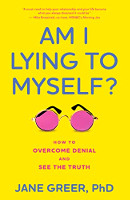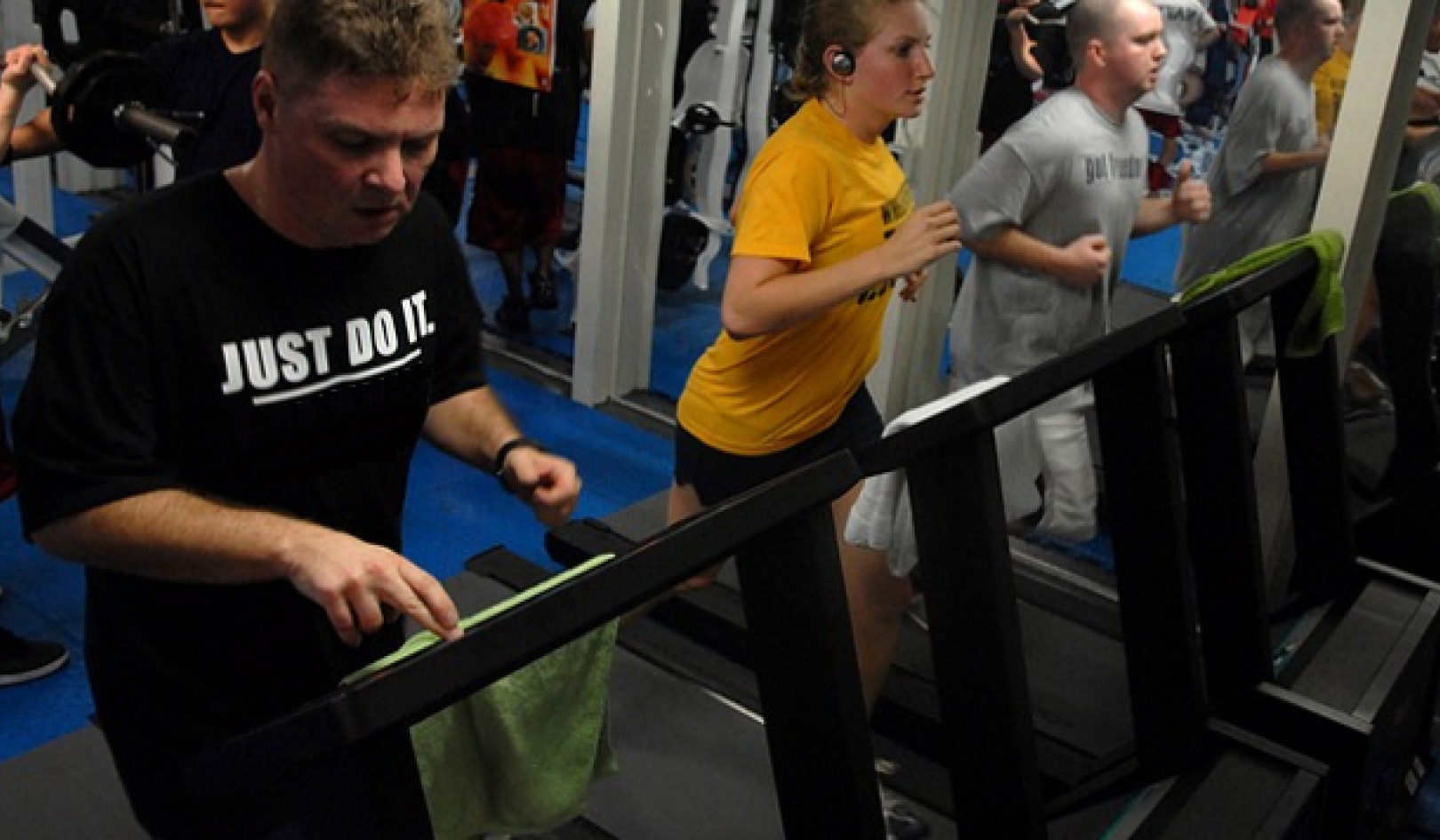When people use denial to ignore the obvious, it can be confounding to grasp how they cling to their beliefs even in the face of irrefutable facts. Denial, though, can perform magic. It can make those unpleasant possibilities disappear, and convince them that what they’re seeing isn’t really there.
Similar to The Wizard of Oz, where the inhabitants never questioned what they were told, “the wizard” had complete power over them. But when Dorothy and her companions refused to ignore “that man behind the curtain,” understanding there was no great and powerful Wizard of Oz, they exposed the deception. The wizard was no longer able to manipulate them, and they realized that the power to attain what they wanted actually laid within themselves.
A Life Clouded by Denial?
The stories I hear from my patients run the gamut of ways that we can be clouded by denial. How is it that people ignore what they know and push away facts that are staring them in the face? For example, when someone’s partner professes to regularly be immersed in a demanding project at work, or requires time alone to train for a marathon, or even claims to need to take time apart to care for a sick family member, it can often be an excuse for distancing themselves from the relationship.
Granted, it’s not impossible that the partner is doing just that, but in my years of offering therapy, these reasons often come up when the partner is looking to take space or break away.
Ultimately, those in denial must gain the strength to untangle themselves from what has trapped them in misery, frustration, and disappointment with their relationships. A useful skill for finally letting in the voice of reason is to “do the emotional math.” This skill enables us to know the truth so that we can lead with our head and not our heart.
How to Do the Emotional Math
Here’s how “doing the emotional math” works:
-
Put it down on paper.
Draw two columns on a sheet of paper. In one column, make a list numbering each excuse and reason the other person has given you to justify their behavior. In the second column, next to each excuse, write down how it has made you feel about your partner and yourself.
-
Add up the excuses.
On paper, almost all the excuses make sense — I have to work late; I was sick; my dad is in the hospital; I need to nail this project to get a promotion — but they make less sense when you put them all together and see what they equal.
By listing all the facts as you know them, you see the whole picture as opposed to each single instance that, alone, seems understandable. It may indicate that it’s time to start questioning what you’re being told.
-
Make sense of the facts.
Now it’s possible to decide if the excuses and the feelings they generate end up as a plus for him in the first column, and a minus in the second column for you. For example, look at the amount of time that you’re together versus the amount of time you’d like to be together. In other words, how does the literal frequency of your shared time compare to the quantity of the time spent longing to be with this person? Do you actually see each other every two times you initiative plans? Or one in three? One in four?
Really look at the strength of your connection. This will give you the power and the courage to make choices for yourself so you can stop lying to yourself, stop tolerating and accepting the other person’s bad behavior, and take a clear stance on your own behalf.
Emotion and denial can blind us to the facts and cause us to rely only on our feelings as our guide. Doing the emotional math allows us to use our heads to make decisions and choices based on knowledge.
Copyright ©2023. All Rights Reserved.
Reprinted with permission.
Book by this Author:
Am I Lying to Myself: How to Overcome Denial and See the Truth
by Jane Greer PhD
 Learn to talk back to denial and start telling yourself the truth – about yourself, others, and the world around you.
Learn to talk back to denial and start telling yourself the truth – about yourself, others, and the world around you.
Denial is everywhere, keeping us from seeing reality and causing unhappiness and frustration. It can make things disappear in the blink of an eye. It can also convince you that you are seeing what you want to see even when it isn’t there, leading you to believe in nonsense along the way. People employ Denial because it makes their life easier in the moment.
Am I Lying To Myself? helps readers squelch the tendency to let their own and others’ Denial rule their lives. This book will help you not only recognize Denial’s sneaky voice, but you will come away from each chapter with a useful skill that will help you address the Denial in your own life. After reading this book, it will become second nature to talk back to Denial with clarity and strength. You will never lie to yourself again.
Click here for more info and/or to order this paperback book. Also available as an Audiobook and a Kindle edition.
About the Author
 Dr. Jane Greer is a Marriage and Family Therapist, Psychotherapist, author, radio host, and creator of “SHRINK WRAP,” the popular commentary on what we can learn from the trials and triumphs of not only celebrity, but all relationships. Through her media collaborations and professional insights, Dr. Greer is recognized as a leading national expert in love and relationships.
Dr. Jane Greer is a Marriage and Family Therapist, Psychotherapist, author, radio host, and creator of “SHRINK WRAP,” the popular commentary on what we can learn from the trials and triumphs of not only celebrity, but all relationships. Through her media collaborations and professional insights, Dr. Greer is recognized as a leading national expert in love and relationships.
Jane is the author of six books, including her latest, Am I Lying To Myself? How to Overcome Denial and See the Truth (Rowman & Littlefield, March 4, 2023).
Learn more at www.drjanegreer.com.
More Books by the author.
























